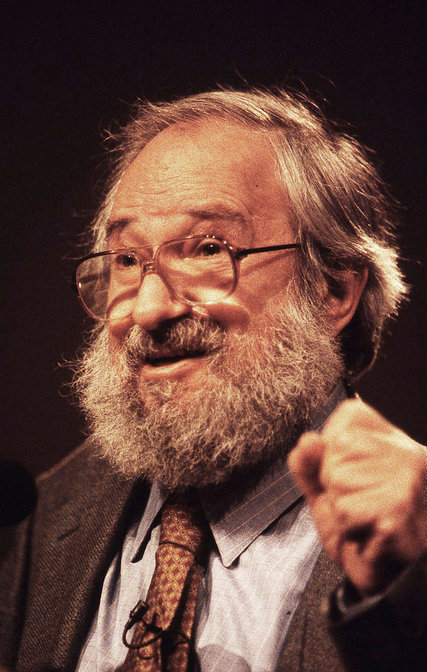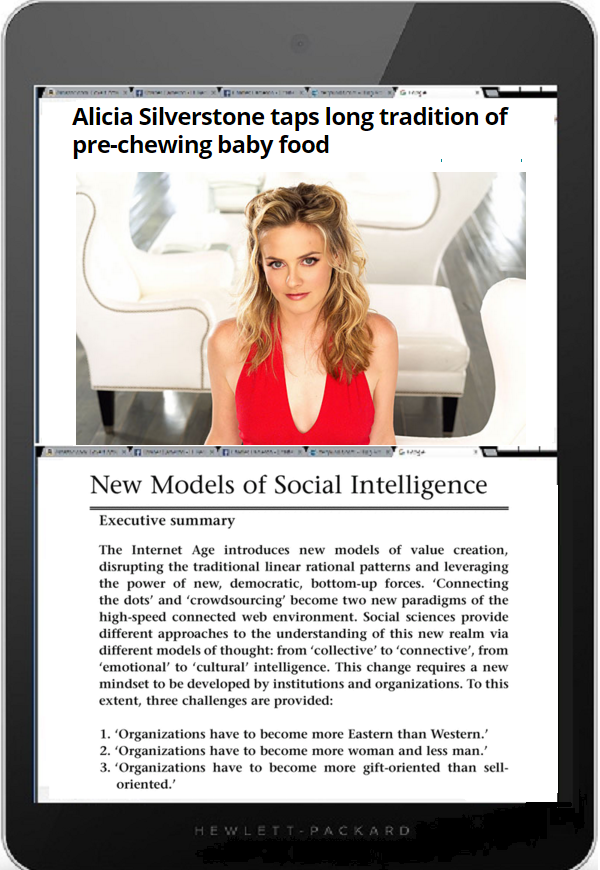So now ISIS has its own fake news
Friday, March 10th, 2017[ by Charles Cameron — propaganda and, i suppose, impropaganda ]
.
**
Publication of the last three issues of the ISIS magazine Rumiyah have been preceded or accompanied by bogus issues, thus giving ISIS its own quota of fake news. I’m of course delighted because one can compare authentic and fake versions as visual DoubleQuotes. Here are some examples from the latest issue, #7, courtesy of Charlie Winter:
**
MEMRI has graciously made its February report, Release Of Two Suspicious Fifth Issues Of ISIS’s ‘Rumiyah’ Magazine – Timeline, Characteristics, And Takeaways, openly available — here are the basic paras:
On January 6, 2017, the Islamic State (ISIS) released Issue 5 of its online magazine Rumiyah. The issue, which included, inter alia, the usual threats to the West and advice for carrying out attacks there,[1] was picked up by Western media outlets and widely reported. Much less attention, however, was given to two other purported issues of the same magazine, which were released a few hours prior to the official Islamic State release of Issue 5.
Each of the two fake issues of Issue 5 of Rumiyah appears to have a different purpose. While the first was reportedly a rogue PDF file packed with malware aimed at infecting the devices of anyone downloading or opening the file, the content of the second was surprisingly well crafted content in what appeared to be a malware-free PDF file, making the point of its release not entirely clear.
This is not the first time that a jihadi magazine or other release is comprised, especially in light of the fierce cyber warfare being waged against terrorist groups. The most prominent example of this is the 2010 operation that aimed to undermine the first release of the Al-Qaeda in the Arabian Peninsula (AQAP) English-language magazine Inspire. That attack resulted in the release of two modified PDF versions of the magazine, and has had a negative impact on one of the magazine’s distribution channels as well.[2] In another incident in 2013, which also targeted AQAP, a video of the group was purposely sabotaged and a segment calling for the killing of the U.S. ambassador to Yemen at the time was removed prior to its official release.[3]
Terrorist groups’ distribution chains and channels have evolved in the last decade. What was once a single download link posted on a password-protected top-tier jihadi forum, is now a widely distributed URL to jihadi content posted on the San Francisco-based Internet Archive (archive.org)[4] that goes viral on Twitter, Telegram, and elsewhere within minutes of its initial release. Jihadi response to suspicious content, on the other hand, has been relatively consistent during that same period, with overly cautious and even paranoid behavior characterizing many members of online jihadi circles. In fact, social media has in many ways made it more difficult to “trick” jihadis into consuming dubious jihadi content, since warnings about such content are now generated and disseminated faster and easier than ever before.
The graphic at the head of this post is taken from a February Heavy Terror Watch post, ISIS Alleges Someone Is Publishing Fake Islamic State Magazines
It’s all faintly hilarious / deadly serious: fake news, ISIS-style.












